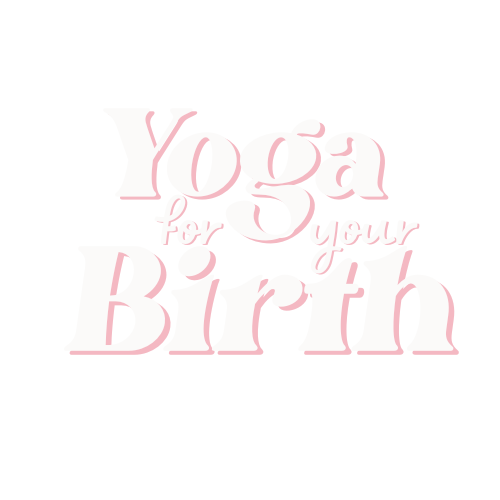Birth Plans for a Better Birth
What is a birth plan?
A birth plan is a written list of desires, expectations, needs, and information about you so that when you show up to the hospital, a birth center, or when your midwife arrives at your home, you can easily share with them your plan for your birth.
Do I just make this by myself? Or do I tell my provider ahead of time?
This should be an ongoing conversation with your provider so that you can build the birth plan you want, understand what their framework of birth is, their limitations, as well as their personal boundaries. For example, if you don’t want anyone touching you, no fetal heart monitoring, and do not want a saline lock, then giving birth outside of your home is going to go against what you want and it may be best to look for a homebirth midwife or birthkeeper. And if you want access to an epidural, then a hospital is going to be the best option for you.
The birth planning process should be done with your partner or by yourself and then any questions, concerns, and your plans should be brought up to your provider throughout your pregnancy.
But I just want to go with the flow, why do I need a plan?
I find that when people want to ‘go with the flow’ but haven’t done any research about their desires for their birth, they tend to flow right into their provider’s typical way of doing things. It’s important to have stake and ownership in your birth plan and your birth experience because ultimately, it is yours, not the provider’s.
Also, birth plans create a greater sense of satisfaction in the birth experience overall as they are invested in the planning process and are informed of their options and have a path forward.
But birth can’t be controlled or predicted… why bother making a birth plan?
I personally believe that birth is quite predictable. I find that when birth is left alone and people have pregnancies where they are able to take great care of their bodies, then birth is typically quite straightforward and, dare I say, simple (not easy, just simple). Birth is birth and if we allow it to happen and support mothers in caring for their bodies, then birth will unfold quite normally.
Our Western medicine perspective is very focused on all that can go wrong - not just in birth but in all aspects of our human physiology. That is just how the Western medicine model works.
So, creating a birth plan lets the provider and the birth team know what you want to unfold throughout your birth, how you want to navigate ‘complications,’ variations of normal, or even how to navigate iatrogentic harm.
Did you know that creating a birth plan lowers your risk of birth trauma?
One of the causes of birth trauma is loss of control in the birth process (Bell, 2022). Therefore, having a birth plan allows for birthers to prepare for a variety of circumstances that may arise during childbirth and providing an opportunity to have a greater understanding of the physiological process of labor and birth. This gives the birther power in the decision-making process (Alva-Rodríguez, 2022).
A tip for defensive birth planning:
Ask your provider sign it and add it to your chart so that it is part of your medical record. This solidifies the importance of your birth plan and your provider agreeing to uphold your human right to birth how you want to.

